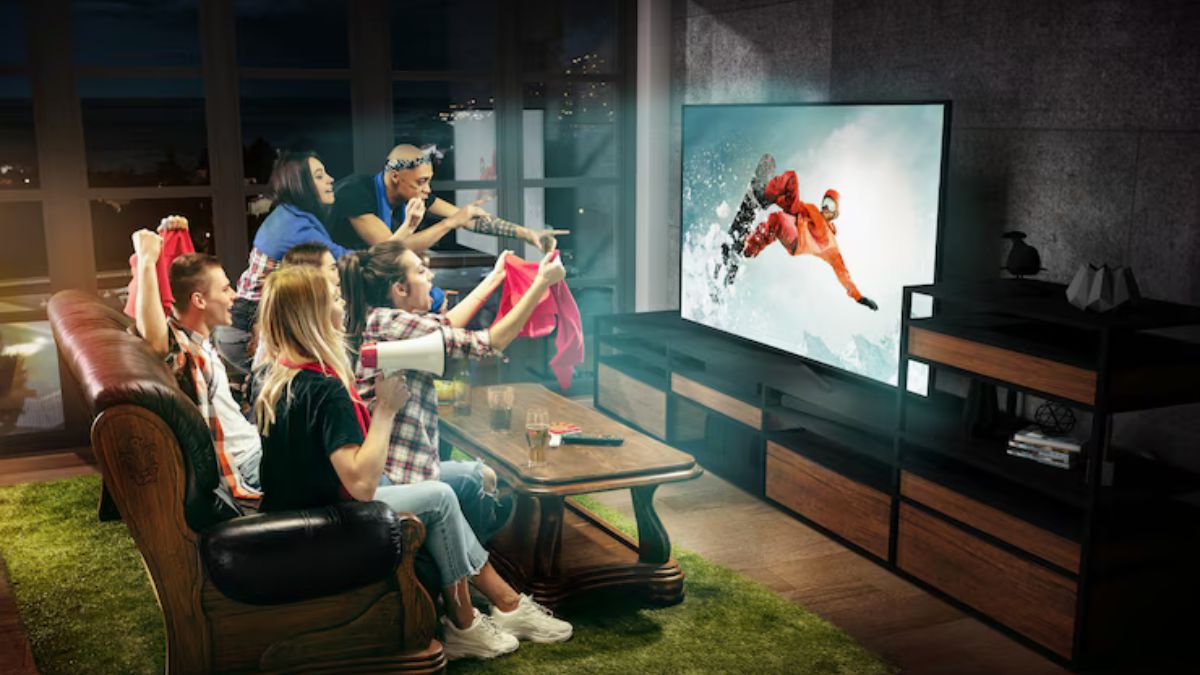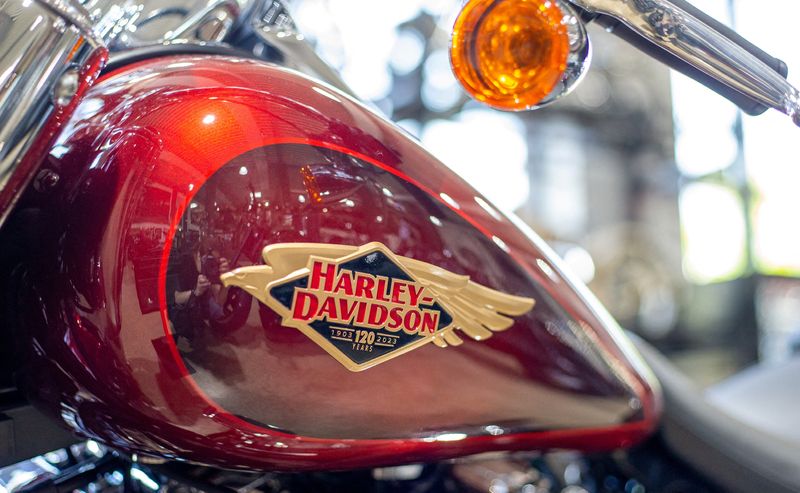Once upon a time, millions of Americans scheduled their lives around Soaper TV—that daily fix of romance, betrayal, and long-lost twins. Soap operas weren’t just entertainment; they were a cultural mainstay. Names like General Hospital, The Young and the Restless, and Days of Our Lives became household institutions. But what happened to the genre that once dominated daytime television? More importantly, is Soaper TV dead, or is it simply evolving?
Let’s lather up and dive into the bubbly history and surprising rebirth of the soap opera.
The Golden Lather: A Brief History of Soap Operas
The term “soap opera” was born in the 1930s when radio dramas—many sponsored by soap companies like Procter & Gamble—began airing serialized, emotional storylines targeted at housewives. When television came of age in the 1950s, soaps made the leap to the screen. From Guiding Light (which began as a radio show in 1937) to As the World Turns, daytime television became a serialized escape, five days a week.
For decades, soap operas held onto their audience with a near-religious grip. Storylines stretched for months, even years. Characters aged slowly (if at all), came back from the dead, and fell in and out of love—often with each other’s spouses. You didn’t just watch a soap opera; you lived it.
By the 1980s, daytime dramas were pulling in tens of millions of viewers. Luke and Laura’s wedding on General Hospital in 1981 was watched by over 30 million people. That was peak Soaper TV.
The Great Decline: How Streaming and Lifestyle Changes Drained the Tub
So, what popped the soap bubble?
1. Lifestyle Shifts
The soap opera’s core demographic—stay-at-home parents—began shrinking as more women entered the workforce and households evolved. With fewer people home during the day, the core audience declined.
2. Cable TV and Diversification
As cable exploded in the ’90s and 2000s, so did options. Daytime viewers could now choose between talk shows, court TV, reality series, and later, on-demand content. Soaps started to feel… dated.
3. The Streaming Tsunami
Netflix, Hulu, and YouTube taught audiences to binge, skip, and fast-forward. The slow-burn storytelling that defined soaps felt incompatible with a world of 10-episode arcs and 30-second TikToks.
4. Production Costs
Soaps are expensive. Shooting five episodes a week with large casts, sets, and crews wasn’t sustainable when ratings dropped. One by one, soaps were canceled: Guiding Light (1937–2009), All My Children (1970–2011), One Life to Live (1968–2012).
Not Dead, Just Different: The Rebirth of Soaper TV
Yet just as soaps were being declared dead, they quietly began to reincarnate—in new formats, with new faces, and for a new generation.
1. Streaming Soap Hybrids
Shows like Grey’s Anatomy, Bridgerton, and Virgin River are essentially high-budget, prime-time soaps. Steamy love triangles? Check. Long-lost relatives? Absolutely. Over-the-top drama? Bring it on. These shows may not air at 1 PM on a weekday, but their DNA is pure Soaper TV.
2. Telenovelas and Global Influence
Latin American telenovelas—fast-paced soaps with definite endings—have exploded in popularity, influencing U.S. productions. Netflix’s Who Killed Sara? and La Reina del Sur combine the addictive nature of soaps with binge-worthy arcs.
3. Digital-First Soaps
Some soaps found second life online. The Bay, a web-based series starring daytime veterans, won multiple Daytime Emmys. Streaming platforms give soaps freedom from the constraints of network schedules and censorship.
4. Soap Fans: The Most Loyal Community Online
Even if you’re not watching soaps anymore, someone is tweeting about them. Soap Twitter is a passionate, vocal group that campaigns for character comebacks and ships couples harder than any fandom online. They’ve helped revive canceled shows and convinced networks to bring back beloved characters.
Why Soaper TV Still Matters
Despite its reputation for melodrama and plotlines that stretch believability, soap opera TV has always been ahead of the cultural curve:
- LGBTQ+ Representation: Soaps like All My Children were among the first to feature out gay characters.
- Social Issues: From AIDS to addiction, domestic violence to mental health, soaps brought tough topics into living rooms—long before prime-time dared to.
- Female-Driven Narratives: In a media landscape often dominated by male-centric stories, soaps have always been about women—flawed, strong, ambitious, and emotionally rich.
Soaper TV taught us to empathize with the villain, to forgive the cheater (again), and to believe that anyone—even someone shot off a balcony—can return for sweeps week.
The Future: Will the Soap Bubble Rise Again?
The appetite for serialized, character-driven storytelling is stronger than ever. The question is no longer whether soaps are dying, but whether we recognize their new forms.
Here are three predictions for the future of Soaper TV:
1. Interactive Soaps
Imagine a soap where fans vote on plot twists or AI customizes episodes based on your preferences. It’s not far-fetched.
2. Vertical Soap Operas
Snapchat, TikTok, and Instagram Stories have already experimented with serialized content. A new kind of soap could live vertically on your phone—15 seconds at a time.
3. Meta Soap Universes
As brands build shared universes (think Marvel), a smart network could connect its drama shows into one sprawling Soaper-verse—with characters crossing over, timelines overlapping, and endless cliffhangers.
Final Thought: Long Live the Lather
Soaper TV may no longer dominate the daytime airwaves, but its spirit lives on—in streaming queues, fanfic forums, and midnight binge sessions. The actors may change, the format may shift, but as long as humans crave love, betrayal, and the thrill of the unexpected, soaps will survive.




